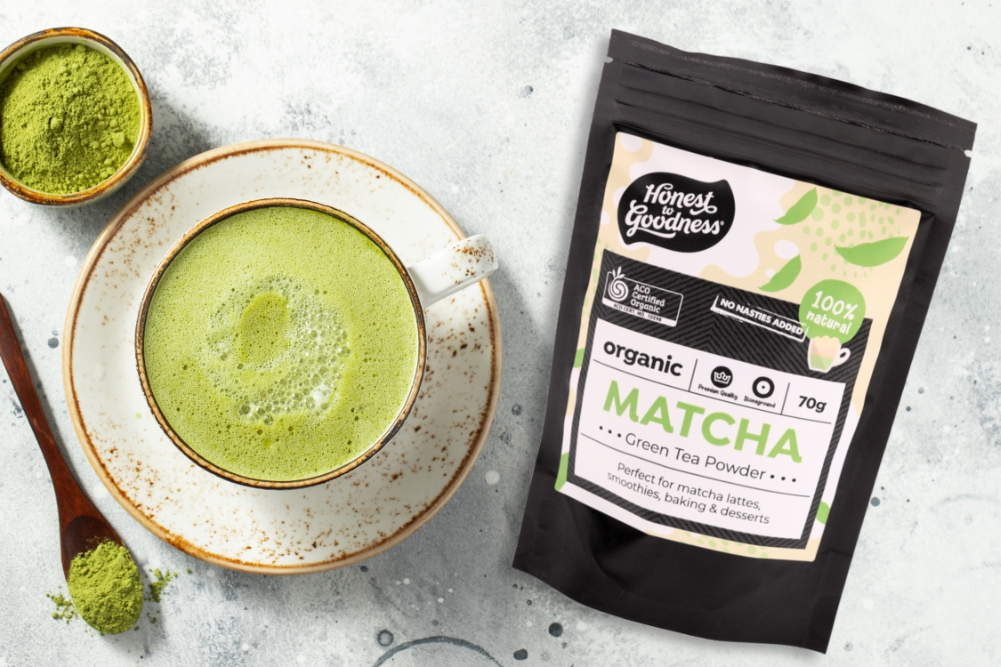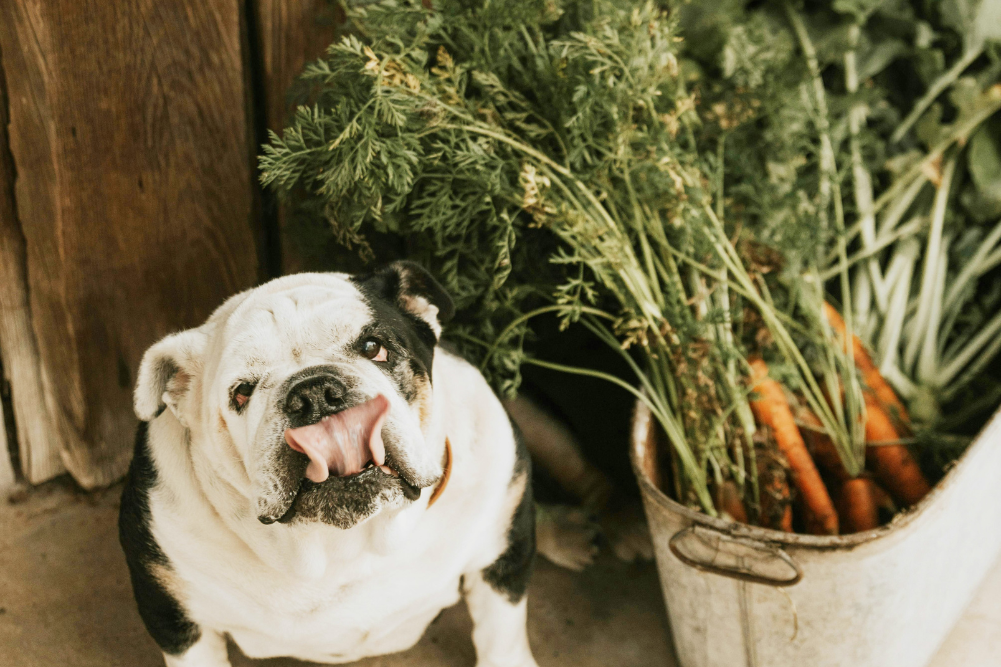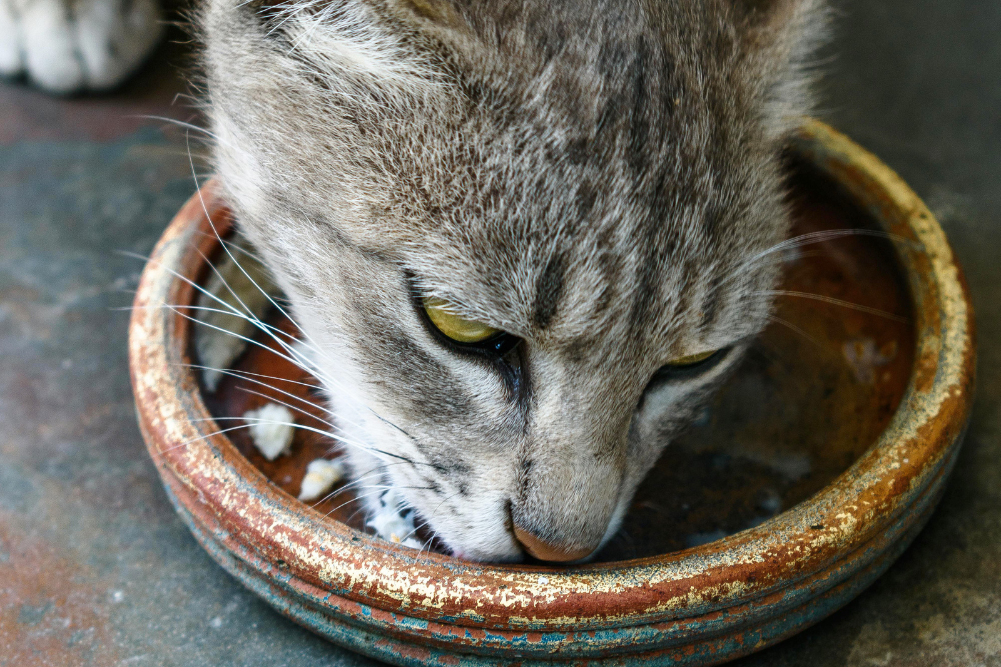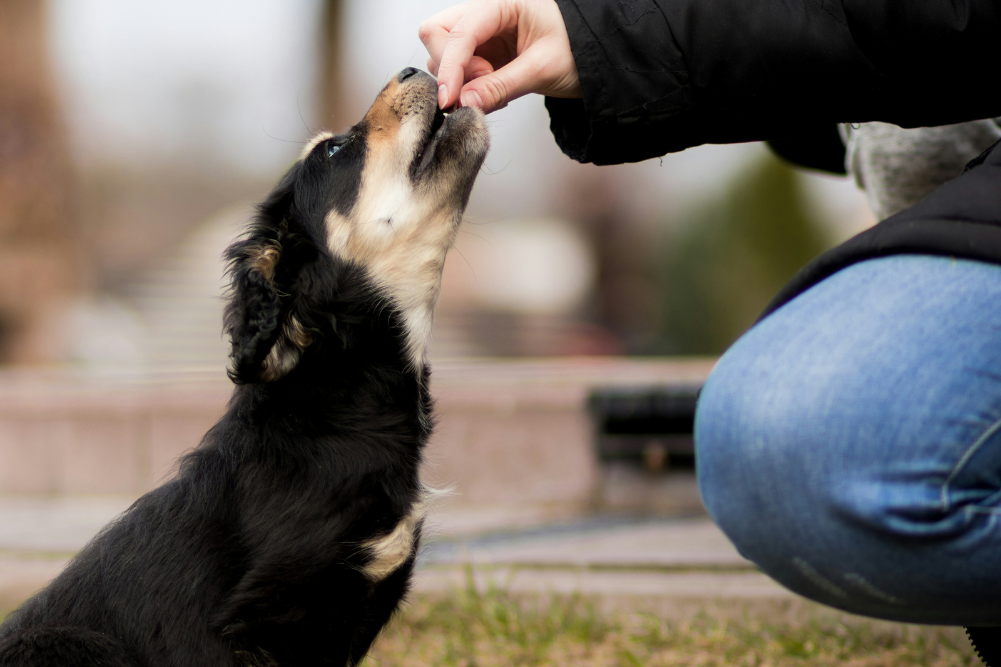Herbicide glyphosate and our pets
Earlier this year, the Australian Federal Court closed submissions to a landmark lawsuit involving 800 people. They claimed the weed killer Roundup — and its active ingredient glyphosate — was carcinogenic and caused non-Hodgkin’s lymphoma. The judge ruled that there was insufficient evidence to say glyphosate was carcinogenic.
There have been similar cases in the US, and some states have introduced regulations on its use. Other countries have banned it altogether.
John E. Franz, a chemist working for Monsanto, discovered glyphosate as a herbicide in 1970. It has been sold as Roundup since 1974. The AVPMA (Australian Pesticides and Veterinary Medicines or Authority) defines glyphosate as a herbicide used to control weeds in agriculture, public and industrial areas, and in home gardens. It is broad-spectrum, meaning that it kills most plants. One of the benefits is that there is no need to till the land to fight weeds, therefore less soil erosion and better soil quality. Glyphosate is used in commercial sugarcane, grains, oil seeds and broadacre crops.
Some crops have been genetically engineered to be resistant to glyphosate. In the US, soybean, corn, cotton, canola, sugar beet and alfalfa. In Australia, canola is the only glyphosate-resistant GM crop. There are emerging species of glyphosate-resistant weeds.
Glyphosate’s mechanism of action involves disrupting a pathway, crucial for synthesising essential aromatic amino acids. It’s considered safe for people because animals, including humans, don’t possess this pathway. However, the diverse species of beneficial microbes in our biome does.
Research into glyphosate and possible acute or chronic toxicity or cancer risk is conflicted. The International Agency for Research on Cancer (IARC) classified glyphosate as “probably carcinogenic”, based on some studies suggesting an association between glyphosate exposure and non-Hodgkin’s lymphoma in humans. Pets are often exposed to glyphosate and may face similar risks.
There is limited research specifically linking glyphosate exposure to cancer in dogs or cats. A 2004 Scottish Terrier study linked herbicide exposure (mainly phenoxy herbicides like 2,4-D) to an increased risk of transitional cell carcinoma (bladder cancer) in these dogs. However, although this study shows potential risks with herbicide exposure, it is not specific to glyphosate.
Pets may be at risk of acute glyphosate toxicity if they touch or eat plants still wet from spray. Chronic exposure is via two main routes:
- Contact (walking on sprayed grass)
- Ingestion (foods containing it residues or licking off feet after grass exposure)
Strategies to reduce your pet’s exposure to glyphosate and other herbicides would seem prudent, given the lack of clarity on its long-term safety. These may include:
1. Reducing topical exposure
Keep your dog or cat (or other pets) away from areas treated with glyphosate until the product has dried. Waiting 24–48 hours may reduce the risk further.
Dogs and cats (rabbits if applicable) should have their feet and undercarriage wiped after exposure to grass, especially grass in public areas. This also reduces the risk of contact allergy. Applying barrier creams before going for a walk may also be helpful.
2. Reducing ingestion
Avoid allowing pets to eat grass or plants treated with any weed killer. Wipe your pet’s feet after possible exposure so they don’t lick any chemicals off.
Upgrade your pet’s diet away from highly processed food, especially those using grains that may be genetically modified. Consider organic food if possible.
Protective strategies
Chlorella may bind glyphosate in the gastrointestinal tract and help reduce absorption.
Support detoxification pathways using milk thistle for liver support or quercetin, a flavonoid that may benefit both liver and kidney function.
Add to your pet’s diet a good quality broad-spectrum probiotic supplement to support a robust biome.
Antioxidants, such as resveratrol, can help neutralise free radicals. Resveratrol is produced by plants such as grapes or Japanese knotweed and some microorganisms. It’s a defence against stress due to climate, injury, UV rays and infection. Laboratory studies show it protects against oxidative damage caused by chronic exposure to glyphosate-based herbicides in rats.
Monitoring exposure
Exposure to glyphosate can be checked via a urine test, which enables you to take some action such as a diet change or cleaning, and recheck to see if they have worked.
Although there are no definitive studies linking glyphosate directly to cancer in dogs or cats, there are concerns due to its widespread use and potential risks identified in some human studies. More research is needed but, in the meantime, reducing pets’ exposure, and adding in protective strategies, seems wise.








